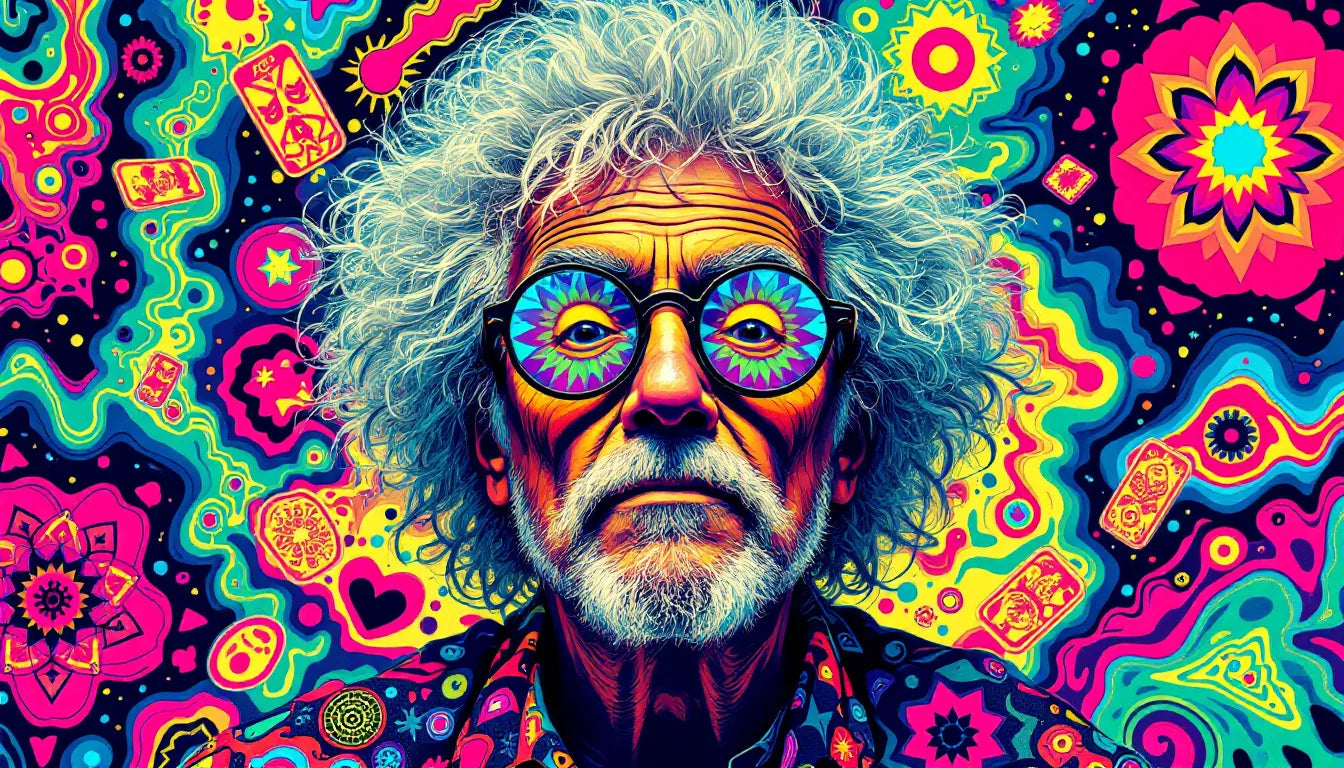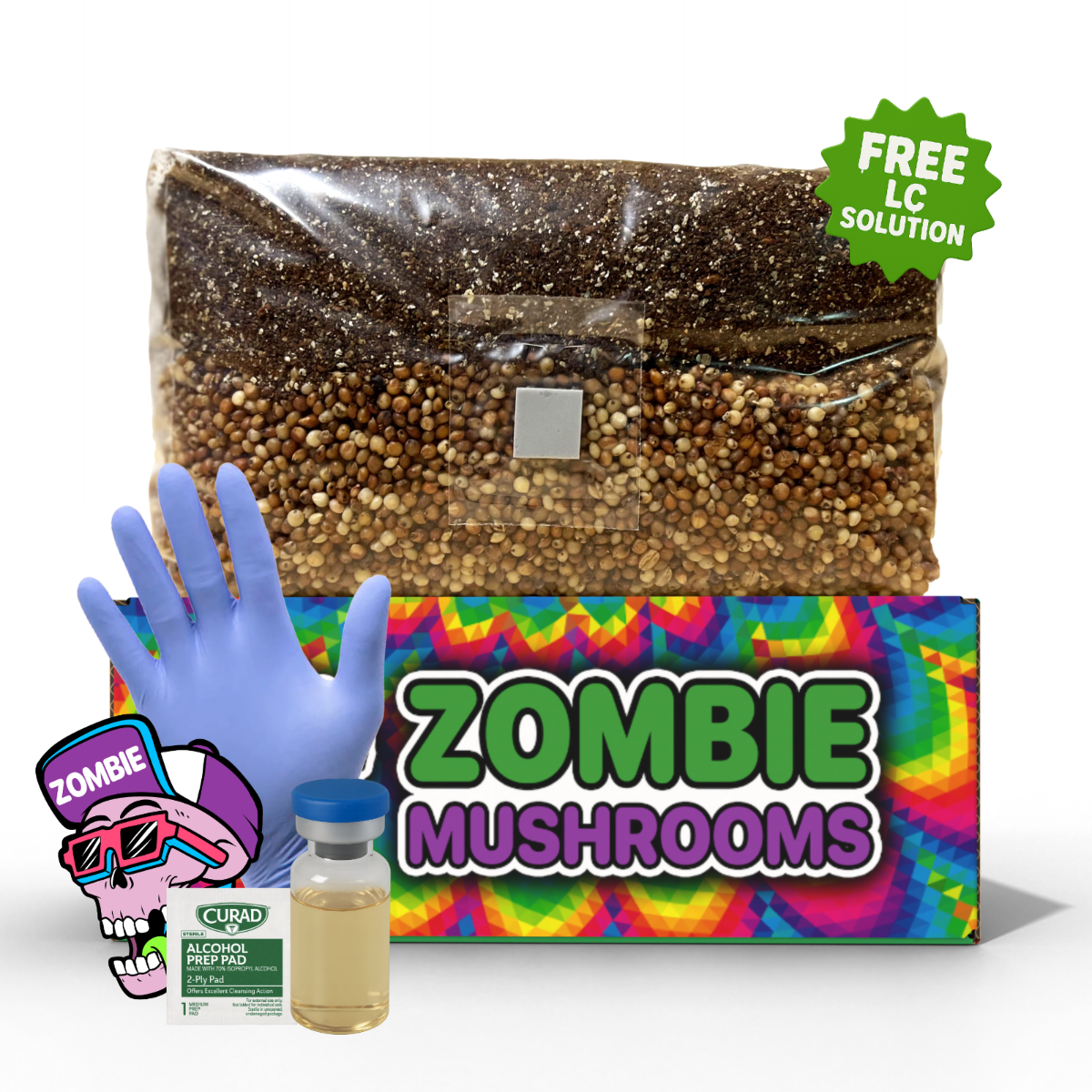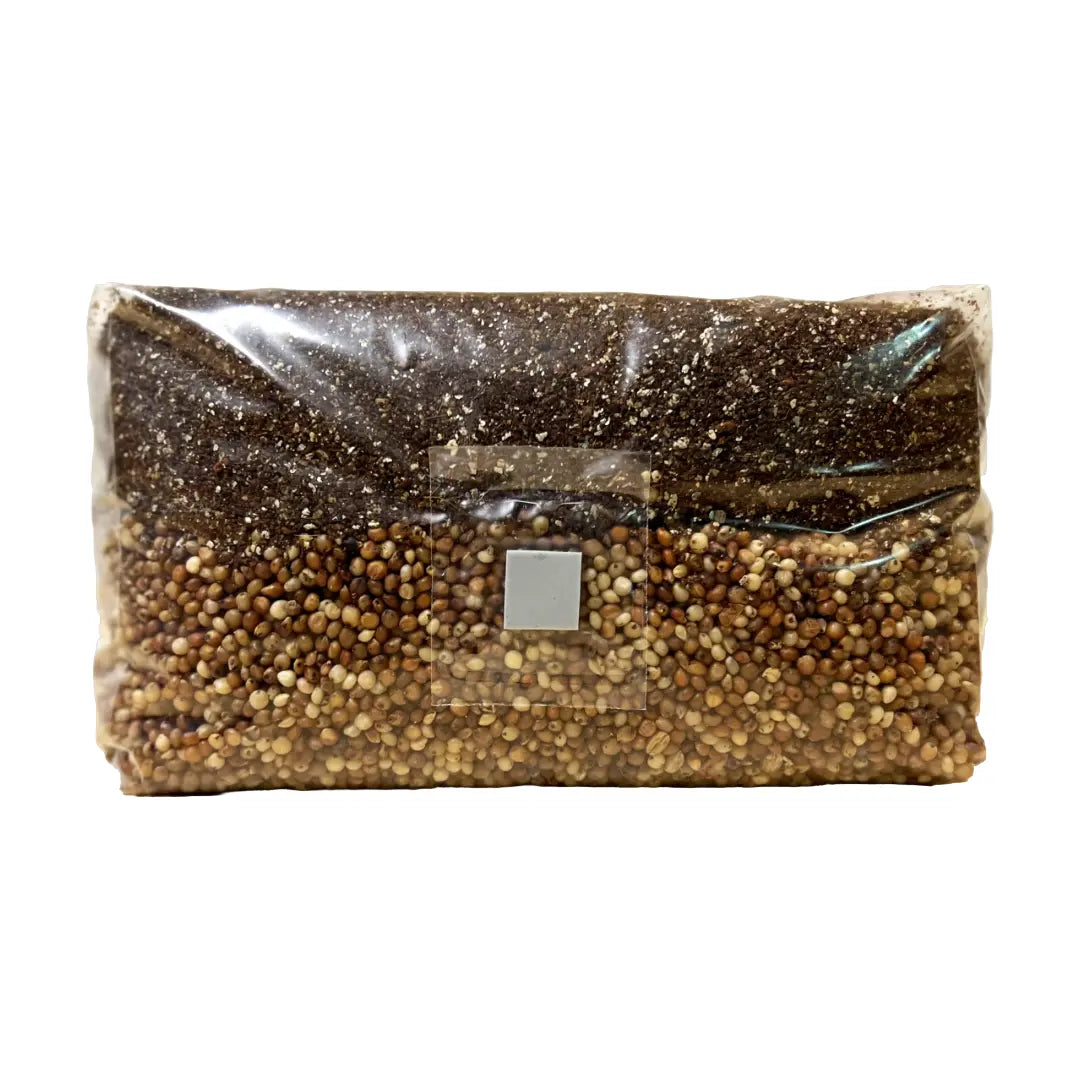- 🎨 Mark McCloud owns the world's largest LSD collection, featuring over 30,000 pieces of blotter art.
- 🏛️ His San Francisco home serves as a museum, preserving LSD’s cultural and artistic history.
- ⚖️ The FBI unsuccessfully charged McCloud twice, accusing him of distributing LSD through his collection.
- 🔍 Blotter art, initially a distribution method for LSD, has evolved into a psychedelic collectible.
- 🚀 The resurgence of psychedelics in mental health increases the value and historical significance of blotter art.

LSD Collection as a Time Capsule
Mark McCloud is a legendary figure in psychedelic history, best known for amassing the world’s largest LSD collection, specifically in the form of blotter art—intricate, colorful sheets of perforated paper historically used to distribute doses of LSD. His archive of over 30,000 pieces spans decades, offering a visual journey through the countercultural movements of the 1960s to the present day. What began as a preservation effort for psychedelic history has become a testament to art, rebellion, and the evolving perception of psychedelics. And just as blotter art preserves cultural memory, modern growers preserve fungal genetics through methods like agar cups and plates, ensuring that mushroom cultivation continues to thrive for future generations.

Who is Mark McCloud? The Archivist of Acid Culture
From Medical Aspirations to Psychedelic Preservation
Born in San Francisco, Mark McCloud was once a pre-med student at Santa Clara University, walking a conventional path toward a career in medicine. However, a life-changing experience with Orange Sunshine LSD—one of the most legendary varieties of acid from the 1960s—altered his trajectory entirely.
During an LSD trip, McCloud fell from a seventh-story window but miraculously survived. He later described the experience as a spiritual rebirth, akin to what many psychonauts call “ego death,” where the boundaries of the self dissolve, often leading to profound psychological insights. Instead of pursuing medicine, McCloud turned to psychedelic culture, dedicating his life to preserving and curating LSD’s rich artistic and historical legacy.
How He Built the World’s Largest LSD Collection
By the 1970s, McCloud immersed himself in the psychedelic art scene, collecting blotter sheets that were used as both a medium for dosing LSD and a canvas for artistic expression. Over decades, he painstakingly assembled a collection of more than 30,000 blotter prints, ranging from vintage designs of early LSD distribution to modern-day undosed art replications. Each piece tells a story of its era, visually reflecting the ideologies and aesthetics of the psychedelic movement.

The Rise of Blotter Art: From Distribution to Psychedelic Expression
Why LSD Blotter Art Became a Psychedelic Medium
LSD blotter paper emerged as a practical method for distributing precise dosages of liquid LSD. However, recognizing that these sheets could be more than just drug carriers, creative minds began turning them into miniature canvases.
Artists and chemists started printing bold, surreal, and often politically charged designs onto perforated sheets, giving each LSD batch a unique visual identity. Themes ranged from psychedelic patterns and religious iconography to portraits of countercultural heroes like Timothy Leary and Albert Hofmann (the chemist who first synthesized LSD).
Today, even undosed blotter sheets are celebrated as valuable collectibles, with some vintage designs fetching thousands of dollars at psychedelic memorabilia auctions.

Inside Mark McCloud’s LSD Museum
A Private Archive of Psychedelic History
McCloud’s Victorian home in San Francisco serves as a living museum, often referred to as the "Old School" blotter art archive. His collection is far more than a random assortment of drug-related paraphernalia—it’s an encyclopedia of psychedelic history, visually chronicling the socio-political movements, artistic styles, and underground culture tied to LSD’s legacy.
A Walk Through the Exhibit
Visitors describe a surreal experience upon stepping into McCloud’s archive. The walls are lined with framed blotter sheets, ranging from intricate, mandala-like patterns to counterculture visuals featuring hippie-era slogans and symbols. The dim lighting, thick velvet curtains, and well-preserved artifacts transport guests into a time capsule of the psychedelic past.
The Cultural and Legal Battle Over Blotter Art
Why the FBI Targeted McCloud
Despite his collection being an artistic and historical archive, McCloud’s work hasn’t escaped legal scrutiny. Twice, the FBI attempted to prosecute him, claiming his collection was evidence of a conspiracy to manufacture and distribute LSD. Blotter paper, after all, was synonymous with acid distribution, making McCloud an easy target for law enforcement eager to crack down on psychedelics.
How McCloud Defended His Legacy
McCloud fought back, arguing that his collection was strictly historical and artistic, not intended for drug distribution. In a bold and unconventional move, he selected his juries while on LSD, believing that the altered state enhanced his ability to judge character. This astonishing courtroom strategy led to his acquittal both times, allowing him to continue preserving psychedelic artifacts without legal interference.

San Francisco as the Epicenter of LSD Culture
From the 1960s Counterculture to Modern-Day Psychedelic Trends
San Francisco has long been a mecca for psychedelic exploration. In the 1960s, the Haight-Ashbury district became ground zero for the hippie movement, where icons like Ken Kesey, the Merry Pranksters, and the Grateful Dead popularized LSD as a tool for mind expansion.
However, the city’s modern relationship with psychedelics is vastly different. Today, Silicon Valley executives and entrepreneurs embrace psychedelics, but not for free-spirited exploration—instead, they use them for performance enhancement and microdosing for productivity. This shift starkly contrasts with the countercultural ethos McCloud preserves, emphasizing the importance of keeping psychedelic history alive as something deeper than just a biohacking tool.

The Future of Blotter Art and Psychedelic Collecting
Blotter Art as a Cultural Artifact
With global interest in psychedelics on the rise, blotter art’s historical and artistic value is growing. Many museums and psychedelic historians now recognize these sheets not just as drug paraphernalia but as pieces of counterculture history, analogous to concert posters from the 1960s or Dadaist underground newspaper prints.
As psychedelics become more accepted for medical research and personal growth, the preservation of their artistic and cultural heritage remains crucial. McCloud’s work ensures that we remember LSD not just as a substance, but as a profound artistic and philosophical movement.
Mark McCloud’s Lasting Influence
Mark McCloud’s LSD collection is one of the most unique cultural archives in the world. More than a museum of tabbed paper, his work stands as a monument to the psychedelic revolution—a movement that, despite decades of legal restrictions, continues to influence art, music, philosophy, and human consciousness.
For researchers, psychonauts, and art enthusiasts alike, his collection serves as a reminder of the power of psychedelic history, ensuring that LSD’s visual and cultural legacy is preserved for future generations.
FAQs
Who is Mark McCloud, and why is he significant in psychedelic history?
Mark McCloud is an artist and historian known for amassing the world’s largest collection of LSD blotter art, preserving over 30,000 tabs as a tribute to psychedelic culture.
What is LSD blotter art, and how did it become a form of expression?
LSD blotter art is perforated artwork on paper used to distribute doses of LSD, eventually evolving into an artistic and cultural symbol of the psychedelic movement.
How did McCloud amass 30,000 acid tabs in his collection?
Through decades of collecting, networking with artists, and acquiring vintage blotter sheets, many of which are undosed but significantly valuable as memorabilia.
What are some of the most notable pieces in his collection?
His collection features LSD blotter art depicting figures like Timothy Leary, Albert Hofmann, and psychedelic visual motifs from San Francisco's counterculture era.
What legal troubles has he faced regarding his LSD blotter art?
The FBI charged him twice with conspiracy to distribute LSD, but he was acquitted both times after arguing the collection's historical and artistic purpose.
Citations
- Nichols, D. E. (2016). Psychedelics. Pharmacological Reviews, 68(2), 264-355. https://doi.org/10.1124/pr.115.011478
- Fadiman, J. (2011). The Psychedelic Explorer’s Guide: Safe, Therapeutic, and Sacred Journeys. Park Street Press.
- Pollan, M. (2018). How to Change Your Mind: What the New Science of Psychedelics Teaches Us About Consciousness, Dying, Addiction, Depression, and Transcendence. Penguin Press.



